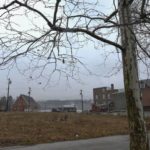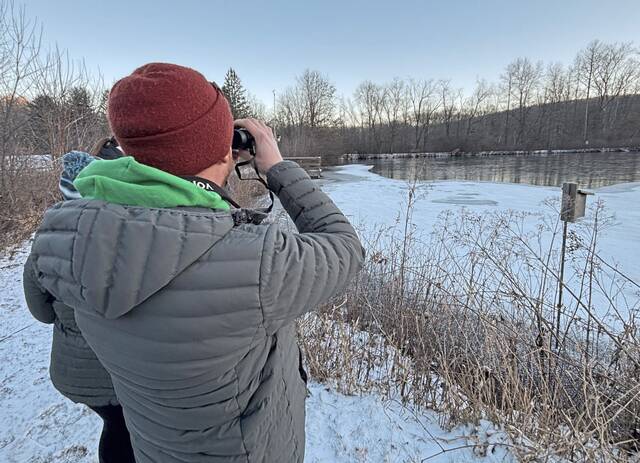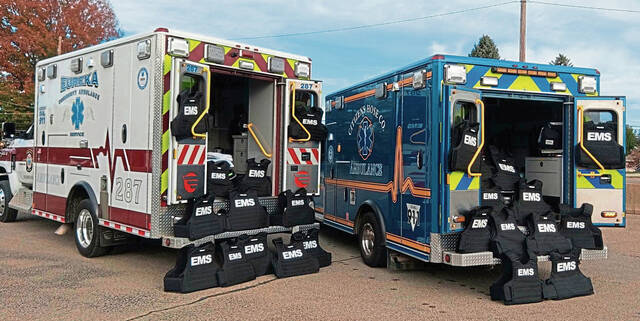The state Senate’s newest head of Urban Affairs and Housing Committee comes from a district that isn’t urban at all.
Even state Sen. Joe Pittman, who was named the new chair of the committee last week even though he represents mostly rural parts of Westmoreland, Armstrong and Indiana counties, admitted it may seem like a strange fit.
“I actually have thought that perhaps the title of this committee should be reconsidered,” Pittman said.
Pittman, R-Indiana, said the committee is really about addressing community rehabilitation across the state — and this is an area his district knows well.
“Throughout Pennsylvania, we have a declining population. We have a population that is migrating out of towns into housing developments and out of more rural communities,” Pittman said. “And it’s leaving behind properties that are deteriorating to the point where they’re no longer paying property taxes.”
Last year, officials estimated there could be as many as 900 blighted properties in Westmoreland County alone. The county has embarked on a number of remedies to reduce that number, including establishing the Westmoreland Land Bank and participating in a state program that creates a demolition fund. Armstrong County is also making progress with a land bank, and Pittman believes the land bank method could serve as a model for other parts of the state that need community revitalization.
“We are trying to attract people — especially young people — that are professionals that want to live in nice neighborhoods that are on the way up,” said David Johnston, board chairman of the Westmoreland County Land Bank. “We want this place to be the best.”
Within a month of being established, the Westmoreland program bought and repurposed the Monsour Hospital on Pennsylvania Boulevard and Route 30 in Jeannette. Since 2013, the bank has sold demolished or repurposed nearly 100 blighted properties in Westmoreland County, Johnston said.
Johnston pointed to Olmsted Commons in Vandergrift as one work in progress. There, two abandoned commercial buildings that were adjacent to one another were torn down. The parcel is now in the process of becoming a new place for art, green elements and public space.
“It’s an interesting thing because I do think 10 years ago, a lot of the country saw this as a city problem,” said Karen Black, principal of May 8 Consulting, a social impact consulting firm. “But today, that’s really not the case. This is something that cities, suburbs and rural areas are all experiencing. “
Experts say that Pennsylvania has a number of factors that leave it vulnerable to blighted properties. Black said Pennsylvania’s large population of old, historic buildings can lead to more blight if property owners don’t have the necessary resources for upkeep. Rural areas are also not seeing much new development, Black said.
Kim Graziani, vice president of the Center for Community Progress, said there is often fragmentation and lack of coordination throughout the state in addressing vacant or abandoned properties. The loss of steel and other manufacturing facilities have also contributed to property abandonment in some communities in Southwestern Pennsylvania, Graziani said.
Pittman said many communities in the 41st District, including Apollo, Leechburg and Kittanning and many in Armstrong County, are making continual efforts to reverse the damage and tear down blighted properties. He hopes to apply the same initiatives at the state level.
“I want to see what can be done to further establish land bank programs,” Pittman said. “To take a proactive role in rebuilding property and also what can be done to develop quality housing in communities.”















